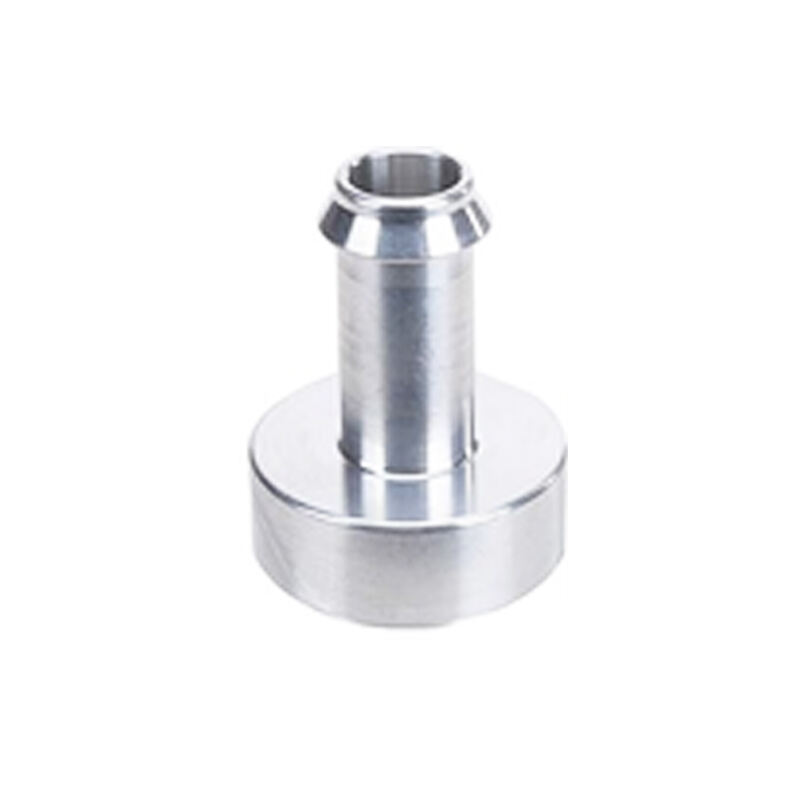
Choosing the right AN fittings for your application can prove daunting. Whether it is for a high-end auto setup or an industrial one, getting correct AN fittings remains imperative for efficiency and reliability of the system. This write up walks you through important considerations and steps when it comes to selecting the most suitable AN fittings that fit your requirements.
AN Fitting Sizes
For AN fittings, dash sizes are used (i.e AN-4, AN-6, AN-8) which numerically depicts a respective diameter. When it comes to maintaining an appropriate flow and control surface, the ideal size selected is critical. For example an AN-4 can be mounted to a hose of 1/4 inches while AN-6 can connect to 3/8 inch hoses. If you understand the measurements, actual errors and related operational deficiencies can be avoided in the course of installation.
Material Selection
Aluminum and stainless steel are the common materials used in producing AN fittings. Being widely used in automotive and racing applications, aluminum stands out for its superior weight to strength ratio and resistance to corrosion. For applications in heavy industrial work, stainless steel provides appropriate evidence of use due to its weight. It is because stainless steel offers extra toughness and the ability to withstand high pressures. When choosing a material, take into consideration the environment and specifications of the application.
Types of AN Fittings
While undertaking a project, it is often important to use a specific type of fitting, depending on the type of connection one intends to make. Simple connections would use straight fittings whereas one would use 45 degree or 90 degree fittings when making connections at right angles to each other in close places. During construction, it is common to use swivel AN fittings which make the process more efficient because they provide some movement during attachment, which is needed in applications that require flexibility.
Getting an appropriate AN fitting for a given application involves knowing the parameters of your system in terms of size, material, and type. Proper fittings can enhance flow of fluids, prevent any potential leak points, and improve the efficiency and security of the system. Aspects of these considerations are important in order to save time and avoid expensive replacement later.